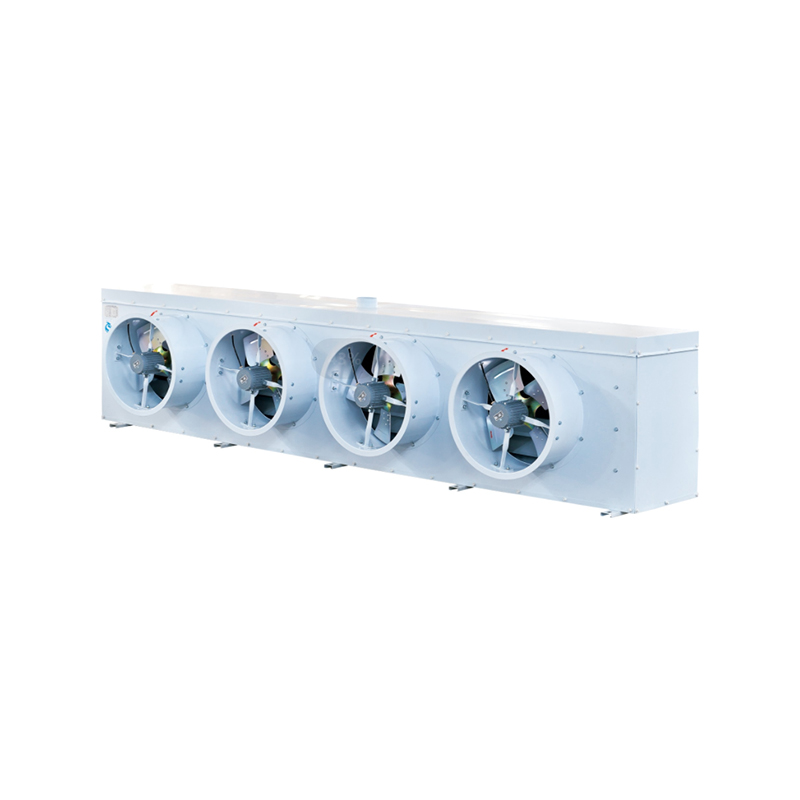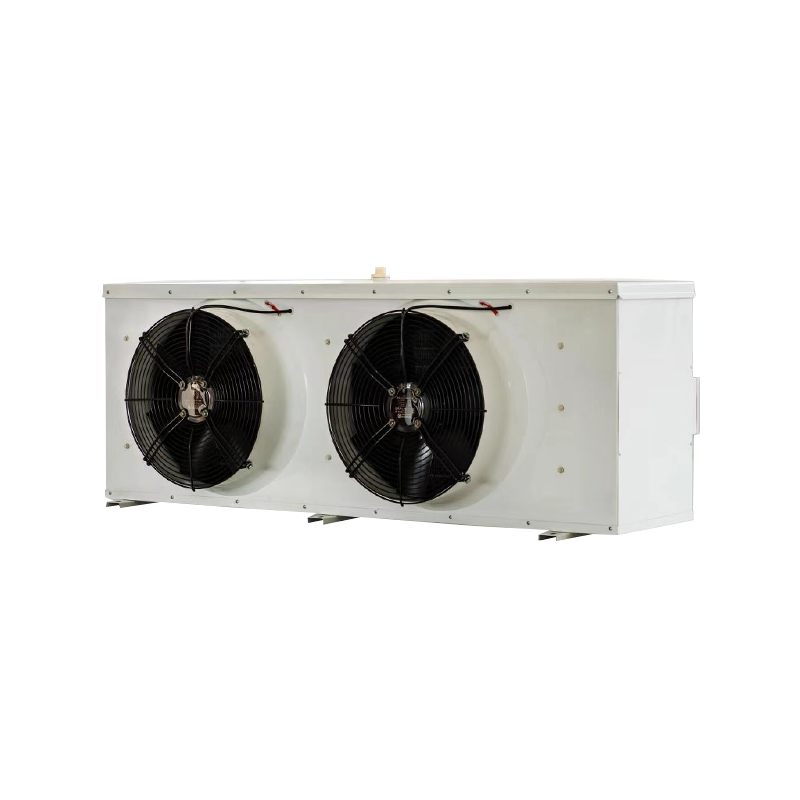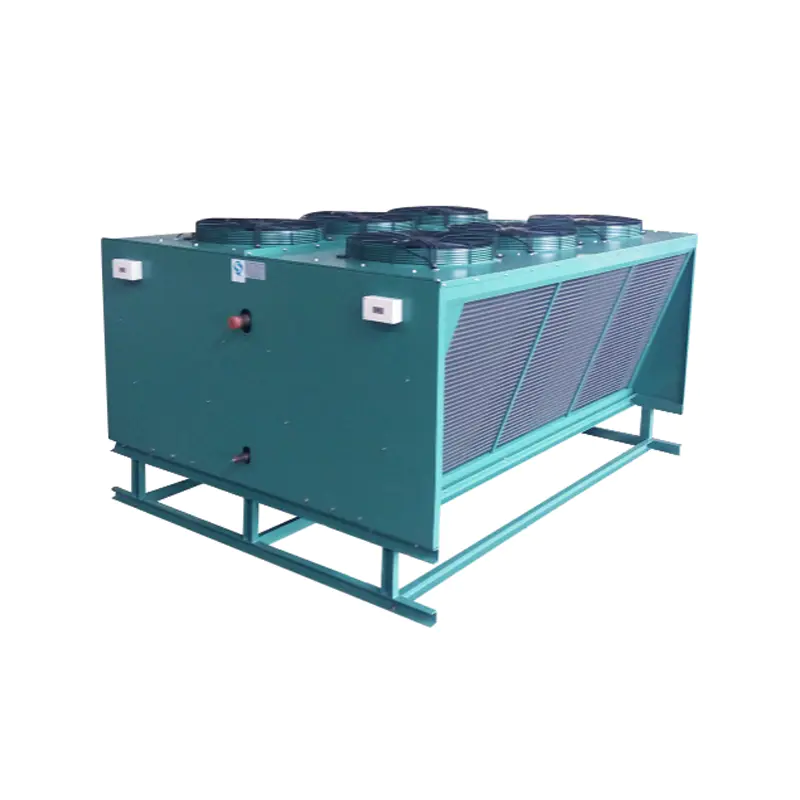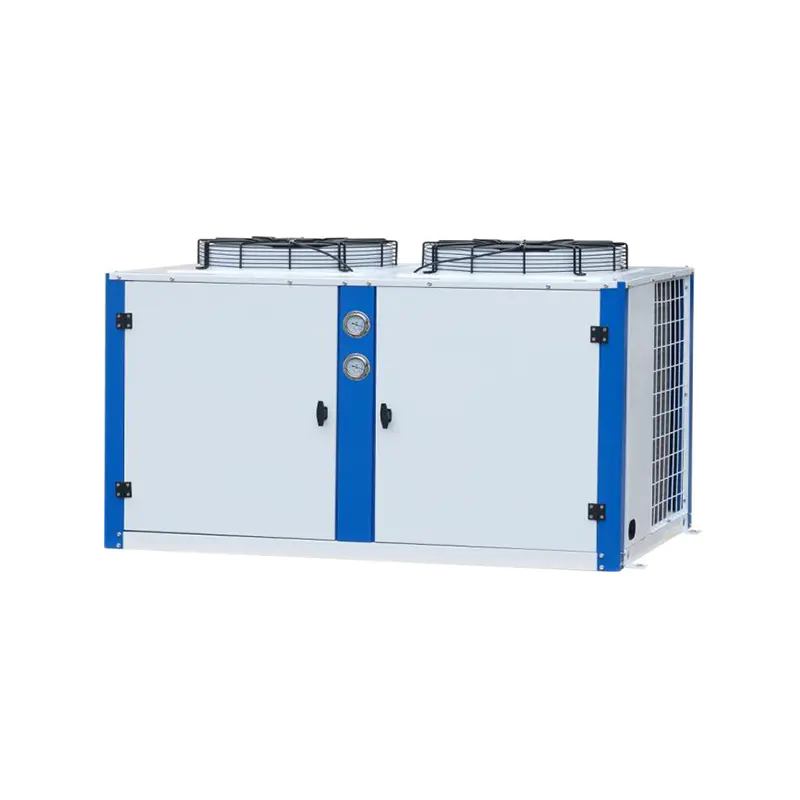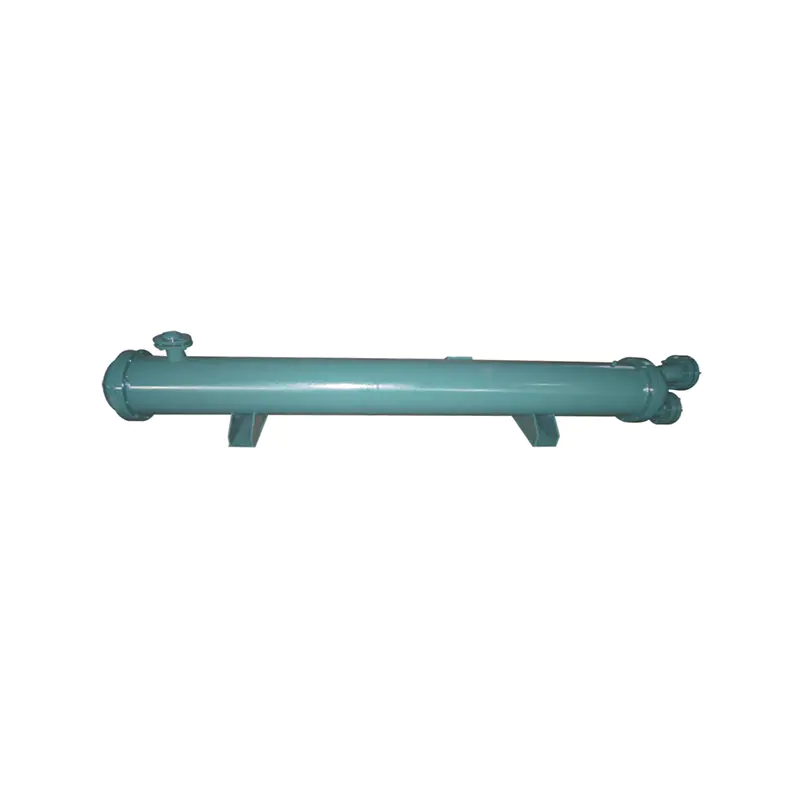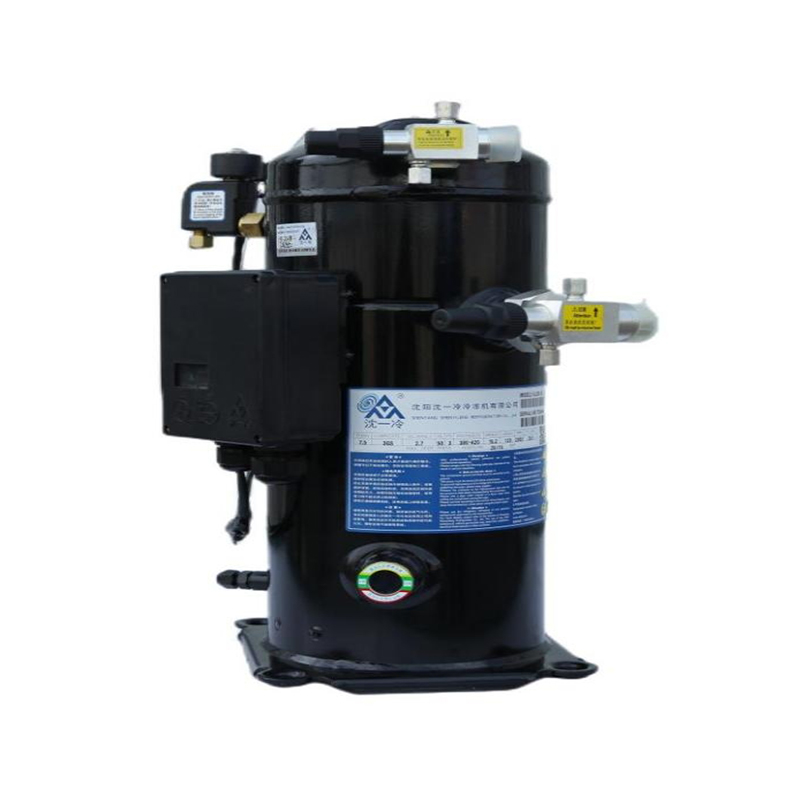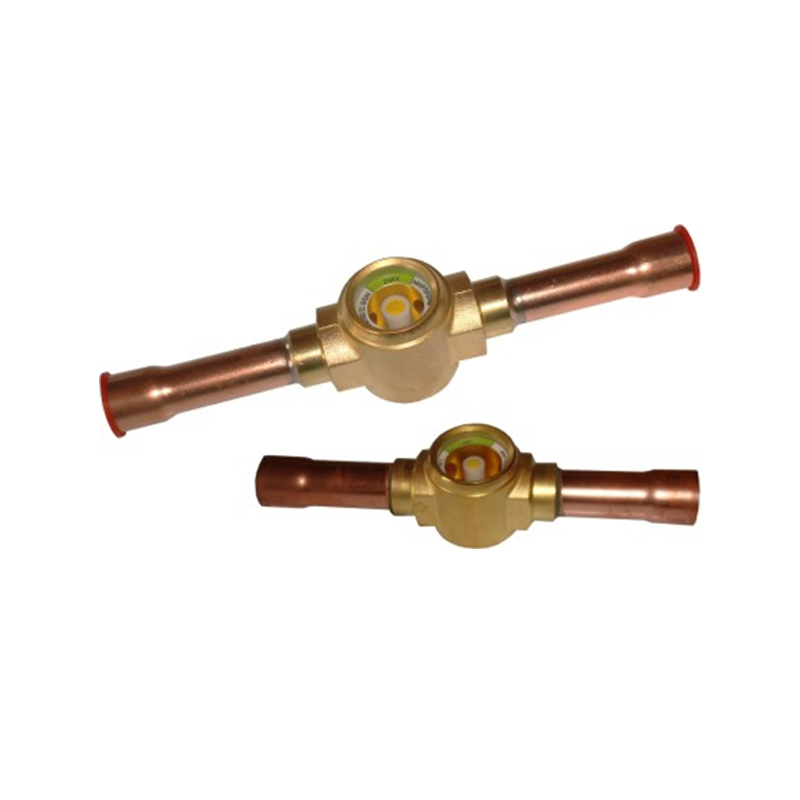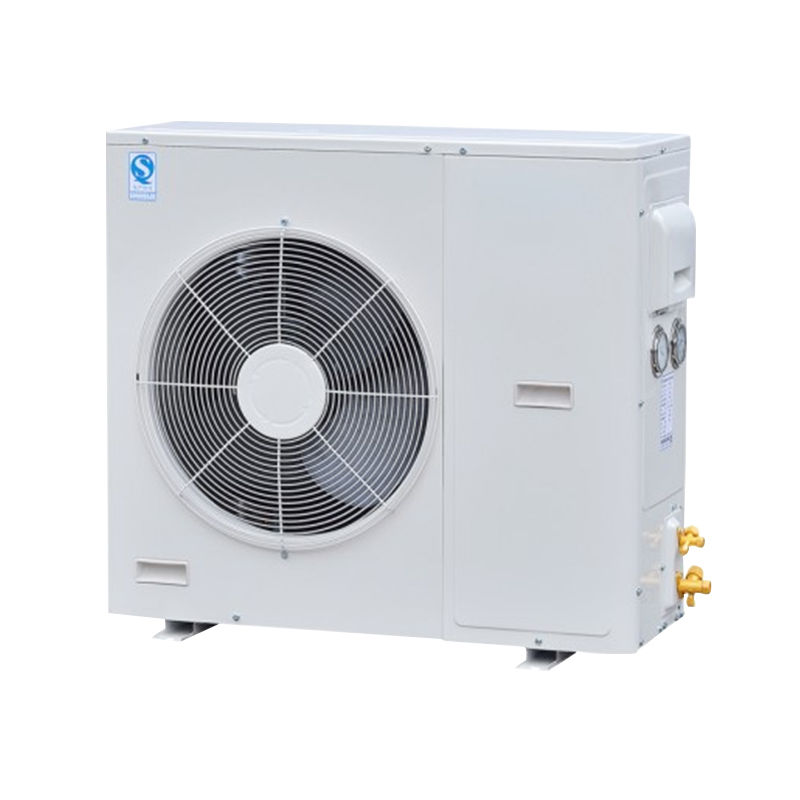What is a Condensing Unit
1. Definition and Function
Refrigeration Equipment: Condensing Unit is a refrigeration equipment used in industries such as industry, medical treatment, and catering. It absorbs heat to reduce the temperature of objects to achieve the effect of refrigeration and freezing. It plays an important role in various environments that require temperature control.
Components: The condensing unit consists of several key components, including condenser, expansion valve, evaporator, and pressure controller. These components work together to ensure that the condensing unit can operate efficiently and stably.
Application Scenarios: According to different application scenarios and needs, condensing units can be divided into many types, such as Box-type condensing unit, Open-type condensing unit, Water-cooler condensing unit, etc. Each type has its own unique characteristics and scope of application.
2. Types and Features
Box-type condensing unit: Box-type condensing unit adopts an integrated design, compact structure, beautiful appearance, and is suitable for various installation environments. It is easy to install and maintain, and is suitable for small industrial refrigeration systems, commercial refrigeration equipment, and refrigeration equipment in the catering industry.
Open-type condensing unit: The open-type condensing unit adopts an open design, which is easy to inspect and maintain, reducing the maintenance workload. It is suitable for large and medium-sized industrial refrigeration systems, such as large factories, workshops, etc.
Water-cooler condensing unit: Water-cooler condensing unit uses water as a cooling medium, has good heat dissipation effect, and is suitable for occasions that require efficient heat dissipation, such as industrial cooling systems, large data center refrigeration, etc.
3. Suppliers and companies
Condensing Unit Supplier: Condensing Unit Supplier is responsible for providing high-quality condensing unit products to meet the different needs of customers. Choosing a reliable supplier can ensure the quality and performance of the condensing unit.
Condensing Unit Company: Condensing Unit Company is responsible for the design, manufacture and sales of condensing units, and provides professional technical support and after-sales service. Professional companies can provide customized services to meet the special needs of customers.
Cooperation and Service: Cooperating with Condensing Unit Supplier and Condensing Unit Company, you can get professional technical support and after-sales service to ensure the long-term and stable operation of the condensing unit.
What is the refrigeration principle of the condensing unit
1. Refrigerant cycle
The role of refrigerant: The refrigerant plays the role of transferring heat in the condensing unit. It is cooled in the condenser and then enters the evaporator through the expansion valve, where it absorbs the heat of the cooled object and lowers its temperature.
Cycle process: After the refrigerant is cooled in the condenser, it enters the evaporator through the expansion valve, where it absorbs the heat of the cooled object and lowers its temperature, and finally returns to the condenser through the compressor to complete a refrigeration cycle.
2. Condenser and evaporator
The function of the condenser: The condenser transfers the heat of the refrigerant to the cooling medium, such as air or water, to achieve the refrigeration effect. The design and performance of the condenser directly affect the refrigeration effect of the condensing unit.
The role of the evaporator: The evaporator is a key component in the condensing unit that absorbs the heat of the cooled object. It absorbs the heat of the cooled object and reduces its temperature through the evaporation process of the refrigerant.
3. Thermodynamic principles
Thermodynamic basis: The refrigeration principle of the condensing unit is based on the thermodynamic principles and the physical properties of the refrigerant. Through the circulation of the refrigerant, the heat transfer and conversion are realized to achieve the refrigeration effect.
Energy efficiency ratio: The energy efficiency ratio (COP) is an important indicator to measure the energy efficiency of the condensing unit. The higher the energy efficiency ratio, the higher the energy efficiency of the condensing unit and the lower the operating cost. To calculate the energy efficiency ratio, it is necessary to accurately measure the cooling capacity and input power of the condensing unit, and then calculate it according to the formula.
How to calculate the energy efficiency ratio of the Condensing Unit
1. Understanding the energy efficiency ratio (COP)
Definition and significance: The energy efficiency ratio (COP) of the Condensing Unit refers to the ratio of the cooling capacity of the condensing unit to the input power, which is an important indicator to measure the energy efficiency of the condensing unit. The higher the COP value, the higher the energy efficiency of the condensing unit and the lower the operating cost.
Calculation formula: The calculation formula for energy efficiency ratio is: COP = cooling capacity / input power. Cooling capacity refers to the cooling capacity provided by the condensing unit per unit time, and input power refers to the electrical power consumed by the condensing unit during operation.
Importance: Energy efficiency ratio is an important reference indicator for selecting and using Condensing Unit. Condensing units with high energy efficiency ratio can reduce operating costs and improve the efficiency and reliability of the refrigeration system.
2. Measuring cooling capacity and input power
Cooling capacity measurement: Accurately measuring the cooling capacity of the condensing unit requires the use of professional cooling capacity measurement equipment, such as cooling capacity test benches, cooling capacity measuring instruments, etc. When measuring, it is necessary to ensure that the condensing unit is in normal operation and the measurement results are accurate and reliable.
Input power measurement: Measuring the input power of the condensing unit requires the use of power meters and other equipment. When measuring, it is necessary to ensure that the condensing unit is in normal operation and the measurement results are accurate and reliable.
Notes: When measuring cooling capacity and input power, it is necessary to pay attention to the measurement environment and measurement methods to ensure the accuracy and reliability of the measurement results.
3. Calculation and analysis
Calculation process: According to the measured cooling capacity and input power, the calculation formula of energy efficiency ratio is used to calculate and obtain the energy efficiency ratio (COP) value of the condensing unit.
Result analysis: Analyze the calculated energy efficiency ratio value, evaluate the energy efficiency level of the condensing unit, select a condensing unit with high energy efficiency ratio, and improve the efficiency and reliability of the refrigeration system.
Optimization suggestions: According to the calculation results of the energy efficiency ratio, put forward optimization suggestions, such as selecting a condensing unit with high energy efficiency ratio, improving the operating conditions of the condensing unit, etc., to further improve the energy efficiency level of the condensing unit.
The role of Condensing Unit Supplier and Condensing Unit Company
1. The role of Condensing Unit Supplier
Provide high-quality products: Condensing Unit Supplier is responsible for providing high-quality condensing unit products to meet the different needs of customers. Selecting a reliable supplier can ensure the quality and performance of the condensing unit and improve the efficiency and reliability of the refrigeration system.
Meeting customer needs: Condensing Unit Supplier needs to provide suitable condensing unit products, such as Box-type condensing unit, Open-type condensing unit, Water-cooler condensing unit, etc., according to the specific needs of customers to meet the refrigeration needs of customers.
Technical support and service: Condensing Unit Supplier needs to provide professional technical support and after-sales service to help customers solve problems encountered during the use of condensing units and ensure the long-term stable operation of condensing units.
2. The role of Condensing Unit Company
Design and manufacturing: Condensing Unit Company is responsible for the design, manufacturing and sales of condensing units, and provides professional technical support and after-sales service. Professional companies can provide customized services to meet the special needs of customers.
Technical support and service: Condensing Unit Company needs to provide professional technical support and after-sales service to help customers solve problems encountered during the use of condensing units and ensure the long-term stable operation of condensing units.
Marketing and sales: Condensing Unit Company needs to carry out marketing and sales to increase the market visibility and market share of condensing units and meet the needs of different customers.
3. Selection and Cooperation
Qualification and Strength: When choosing a Condensing Unit Supplier and Condensing Unit Company, you need to fully consider their qualifications and strength, and choose suppliers and companies with good reputation and rich experience.
Cooperation and Service: By cooperating with a Condensing Unit Supplier and Condensing Unit Company, you can obtain professional technical support and after-sales service to ensure the long-term stable operation of the condensing unit.
Optimization and Improvement: According to the use of the condensing unit and customer feedback, continuously optimize and improve the design and manufacturing of the condensing unit to improve the energy efficiency level and reliability of the condensing unit.

